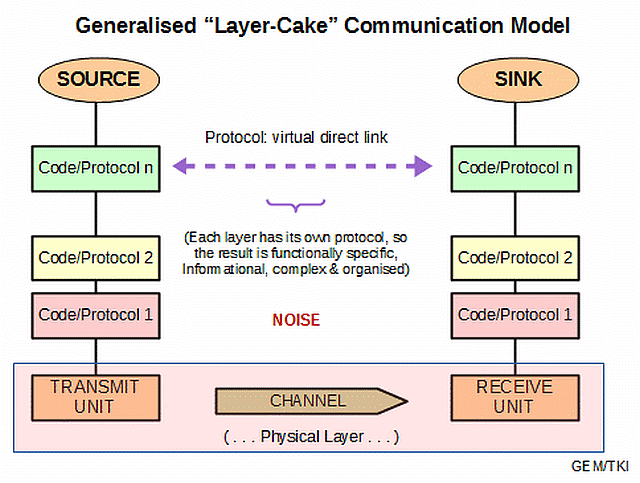One of the commonest objections we meet when we discuss design inferences — especially concerning the genetic code, is that a claim is “just an analogy” (with implied conclusion that analogies are weak or fallacious). This then extends to inductive arguments used. This common error must be corrected and (as will be shown) the principle of distinct identity helps us to do so.
Before we show that, let us pause to note from the Stanford Enc of Phil, just to counter-weight the tendency of many objectors to be quickly dismissive of anything said by “one of those IDiots” without bothering to actually address the substantial issue at stake:
>>An analogy is a comparison between two objects, or systems of objects, that highlights respects in which they are thought to be similar. Analogical reasoning is any type of thinking that relies upon an analogy. An analogical argument is an explicit representation of a form of analogical reasoning that cites accepted similarities between two systems to support the conclusion that some further similarity exists. In general (but not always), such arguments belong in the category of inductive reasoning, since their conclusions do not follow with certainty but are only supported with varying degrees of strength. Here, ‘inductive reasoning’ is used in a broad sense that includes all inferential processes that “expand knowledge in the face of uncertainty” (Holland et al. 1986: 1), including abductive inference.
Analogical reasoning is fundamental to human thought and, arguably, to some nonhuman animals as well. Historically, analogical reasoning has played an important, but sometimes mysterious, role in a wide range of problem-solving contexts. The explicit use of analogical arguments, since antiquity, has been a distinctive feature of scientific, philosophical and legal reasoning. This article focuses primarily on the nature, evaluation and justification of analogical arguments. Related topics include metaphor, models in science, and precedent and analogy in legal reasoning . . . >>
Notice, analogical reasoning “is fundamental to human thought” and analogical arguments reason from certain material and acknowledged similarities (say, g1, g2 . . . gn) between objects of interest, say P and Q to further similarities gp, gp+1 . . . gp+k. Also, observe that analogical argument is here a form of inductive reasoning in the modern sense; by which evidence supports and at critical mass warrants a conclusion as knowledge, but does not entail it with logical necessity.
How can this ever work reliably?
By being an application of the principle of identity.
Where, a given thing, P, is itself in light of core defining characteristics. Where that distinctiveness also embraces commonalities. That is, we see that if P and Q come from a common genus or archetype G, they will share certain common characteristics that belong to entities of type G. Indeed, in computing we here speak of inheritance. Men, mice and whales are all mammals and nurture their young with milk, also being warm-blooded etc. Some mammals lay eggs and some are marsupials, but all are vertebrates, as are fish. Fish and guava trees are based on cells and cells use a common genetic code that has about two dozen dialects. All of these are contingent embodied beings, and are part of a common physical cosmos.
This at once points to how an analogy can be strong (or weak).
For, if G has in it common characteristics {g1, g2 . . . gn, | gp, gp+1 . . . gp+k} then if P and Q instantiate G, despite unique differences they must have to be distinct objects, we can reasonably infer that they will both have the onward characteristics gp, gp+1 . . . gp+k. Of course, this is not a deductive demonstration, at first level it is an invitation to explore and test until we are reasonably, responsibly confident that the inference is reliable. That is the sense in which Darwin reasoned from artificial selection by breeding to natural selection. It works, the onward debate is the limits of selection.
With this in mind, we can take a fresh approach to looking at the implications of the genetic code:
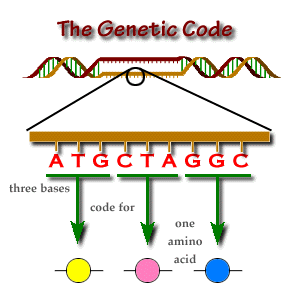
Where also:
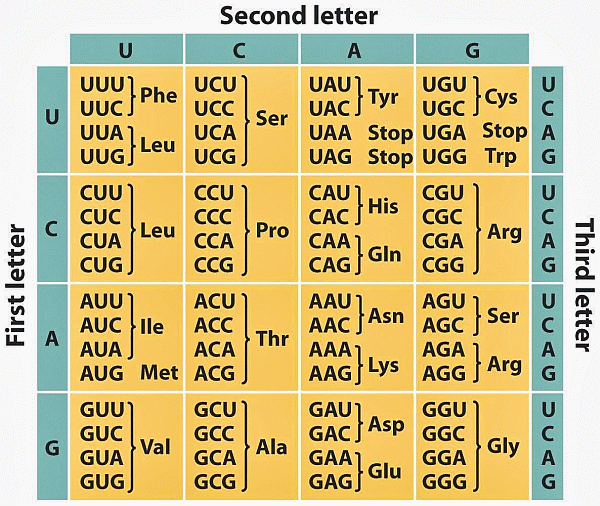
So that:

Where we may see, with Yockey, the wider communication system involved:
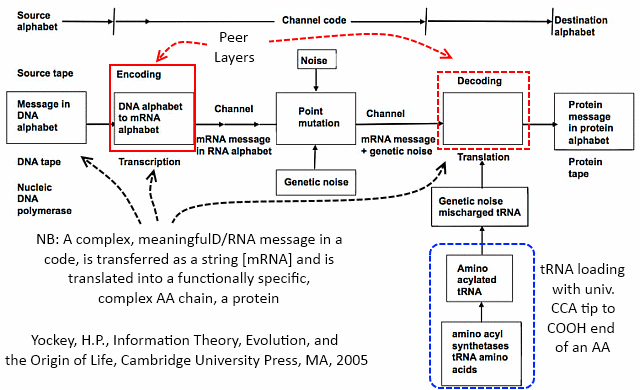
Comparing, a version of Shannon’s archetype:
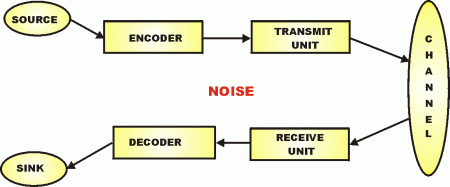
. . . and reckoning with the possibility of layering of protocols:
Now, many codes are based on s-t-r-i-n-g data structures (which are foundational to data structures in computing), in which elements from an alphabet are chained to create unique words and messages which are then integrated into a meaningful framework that describes or states or instructs. Text in English and computer code are classic examples. Where, too, such are in fact manifestations of language (and intelligence).
Thus, we see, famously, from Crick in his March 19, 1953 letter to his son Michael, on p. 5:
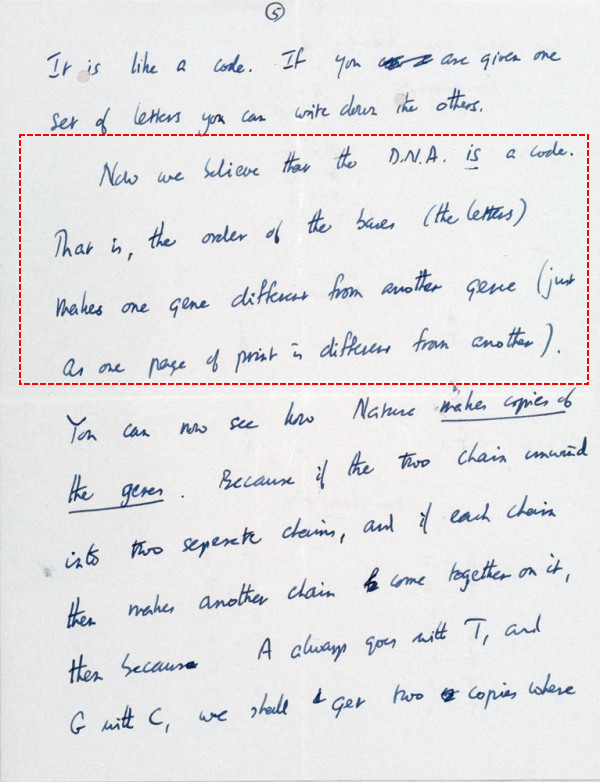
What is the challenge, here?
Simple: the genetic code is at the heart of the cell’s functionality, and is thus antecedent to and an enabling causal factor for cell based life. That code implies a code/protocol based communication system (as Yockey expands) and is inherently linguistic. Language is a characteristic of intelligence and so we manifestly have an epistemic right to infer from the DNA code to intelligence and design as causal to cell based life.
Dismissive arguments on analogy notwithstanding. END
